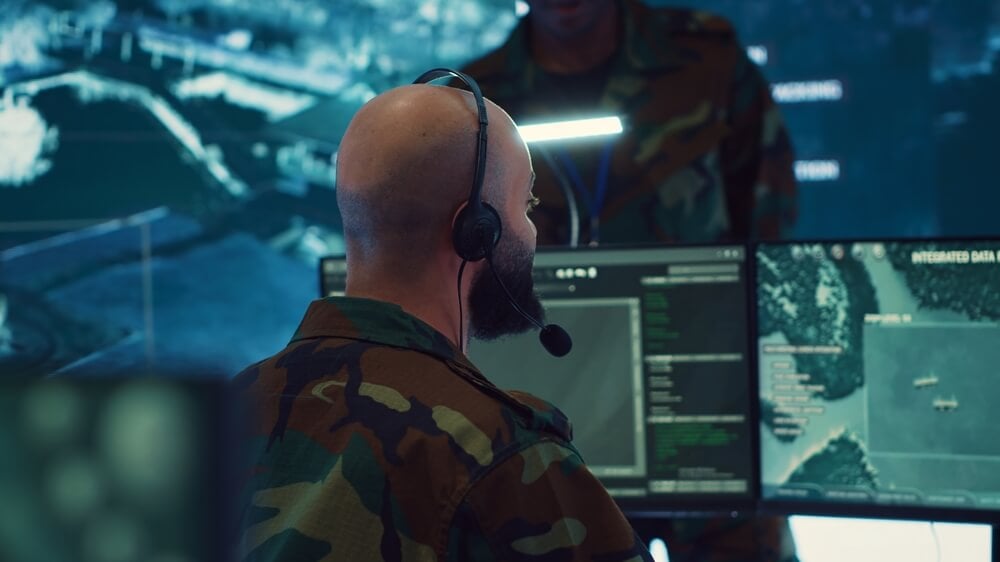There is no question that AI is changing the global economy at unprecedented speed. But will it rescue rich countries from intensifying debt pressures, particularly as rapidly aging populations increase pressure on benefit programs?
If so, could these countries safely run even larger deficits, effectively borrowing against ultra-rich future generations?
No one should bet the farm on it.
To be sure, a wildly upbeat assessment of AI’s potential impact on economic growth has propelled asset markets higher over the last few years.
This is especially true for euphoric equity markets, which continue to rally despite political paralysis in France, a government shutdown and an all-out assault on central-bank independence in the United States, and an exodus of high-skilled talent from the United Kingdom.
Although I have long argued that AI will eventually solve the problem of advanced economies’ anemic growth, I have also cautioned that several possible obstacles could slow down the pace of this transformation.
Among the many material, legal, economic, and social factors to reckon with are electricity supply; intellectual-property rights; a lack of skilled AI workers; and the need to establish a comprehensive framework governing how chatbots communicate and exchange information, including some kind of price mechanism.
AI companies have invested vast sums in the race to dominate the market (should governments allow it), seemingly willing to hemorrhage money in exchange for users and information.
But eventually, probably in the not-too-distant future, these firms will need to develop revenue streams, most likely through advertising, like social-media companies before them.
Knotty questions
Although US President Donald Trump’s administration has signaled full speed ahead on AI, knotty questions involving how moral judgement is coded into these models – currently the remit of a small group of developers – will ultimately be taken up by the US Congress and the courts, as well as by authorities in other countries.
But the most pushback will likely come from hundreds of millions of displaced white-collar workers, who are set to become the newest political cause, just as manufacturing workers are today and as farm workers were in the 1960s and 1970s.
Anyone who works with a computer is vulnerable to automation
Anyone who works with a computer is vulnerable to automation. The idea that a handful of firms can replace a large portion of the workforce without massive political upheaval is sheer fantasy.
Barring some dramatic authoritarian turn, unrest is all but guaranteed. This will provide ample fodder for the Zohran Mamdanis of the world (Mamdani, a 33-year-old socialist, is the front-runner to become New York City’s next mayor in November), especially because AI seems to be eliminating jobs for younger workers.
Arms race
Then there is the inconvenient truth that many cutting-edge AI applications are in the military domain, which could trigger a massive arms race and even lead to a proliferation of wars fought with drone armies and other AI-backed weapons systems.
Geopolitical fracturing and conflict are harmful to long-term growth and as likely to drain tax revenues as boost them.
AI could empower smaller states and terrorist groups by effectively giving them access to leading physicists and biologists at the press of a button
AI could also empower smaller states and terrorist groups by effectively giving them access to leading physicists and biologists at the press of a button.
Finally, just because Trump, an unrepentant climate-change denier, is back in the White House does not mean that the threats posed by global warming have disappeared.
The costs of unfettered climate change are set to rise sharply over the coming decades – unless, that is, our AI overlords manage to solve the problem (although they may conclude that the solution involves having far fewer people).
Government debt
The idea that, following a long and painful transition, the arrival of artificial general intelligence will solve all the rich world’s problems is hyperbole.
Even if AGI supercharges growth, it will almost certainly lead to a much higher share of capital in output, and a correspondingly lower share for labor. Indeed, the stock market is booming precisely because firms expect labor costs to shrink.
 The AI transformation is coming, and has already contributed to a new arms race between the US and China
The AI transformation is coming, and has already contributed to a new arms race between the US and China
Given this, the high profit expectations embedded in soaring equity prices cannot be understood as translating one for one into overall growth.
That brings us back to government debt. There is no reason to suppose that AI-driven growth will lead to an equivalent increase in government tax revenues, even though that might have been a reasonable assumption to make in the past.
After all, capital is much harder to tax than labor, partly because it tends to be more concentrated and politically powerful, and partly because it can move freely across borders.
Of course, higher tariff walls could prevent this capital flight, but any such strategy would ultimately be self-defeating.
So yes, the AI transformation is coming, and has already contributed to a new arms race between the US and China.
But it would be reckless to assume that advanced economies can rely on AI to resolve budget problems that human politicians cannot.
Kenneth Rogoff, a former chief economist of the International Monetary Fund, is Professor of Economics and Public Policy at Harvard University and the recipient of the 2011 Deutsche Bank Prize in Financial Economics.